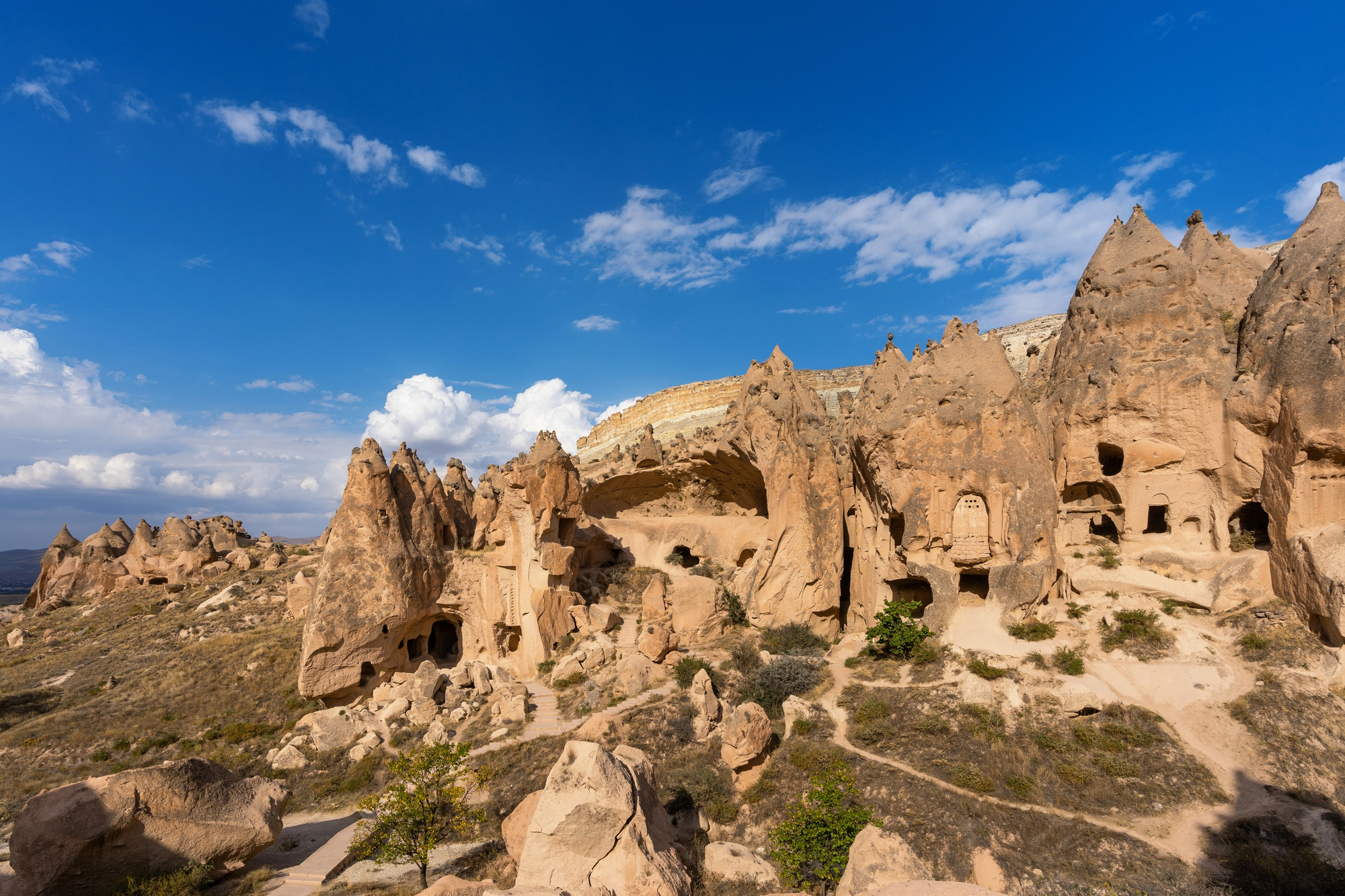History
Lebanon has a rich and diverse history that spans thousands of years, with influences from various
civilizations and cultures. The region has been inhabited since ancient times, with evidence of human
settlements dating back to the Paleolithic era.

The Phoenicians, one of the earliest known civilizations,
established their presence in Lebanon and were renowned for their maritime trade and cultural
achievements. Over the centuries, Lebanon has been influenced by various empires and civilizations,
including the Persians, Greeks, Romans, Arabs, and Ottomans, each leaving their mark on the country’s
cultural heritage and traditions.
During the Roman era, cities like Baalbek and Tyre flourished, with impressive ruins and monuments still
standing today as testament to their architectural and engineering prowess. In the 7th century CE, Islam
spread to the region, and Lebanon became part of the Islamic caliphates, further enriching its cultural
tapestry. In the 16th century, Lebanon came under Ottoman rule, which lasted until the early 20th century
when the country gained independence.
Tourism Places
Lebanon offers a diverse array of attractions that showcase its historical and natural beauty
- Beirut

Explore Lebanon’s vibrant capital city, known for its dynamic nightlife, historic neighborhoods like
Gemmayzeh and Mar Mikhael, and the iconic Pigeon Rocks (Raouche).
- Baalbek
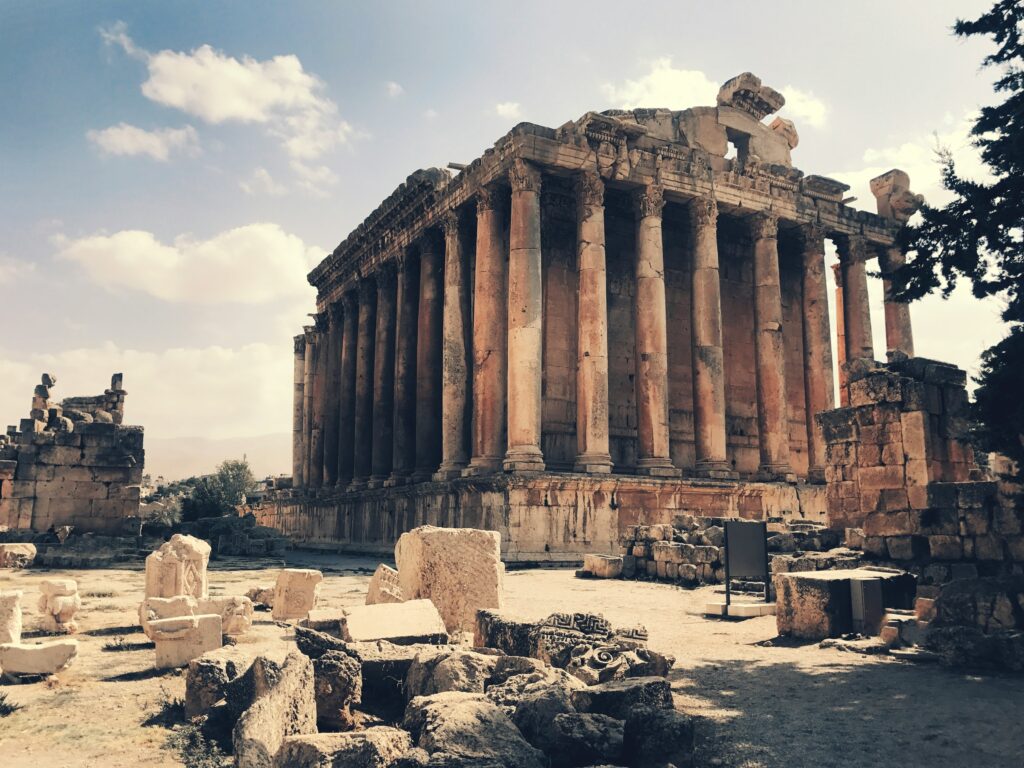
Marvel at the monumental Roman ruins of Baalbek, featuring the Temple of Bacchus, Temple of
Jupiter, and the impressive six-story-high columns of the Temple of Venus.
- Byblos
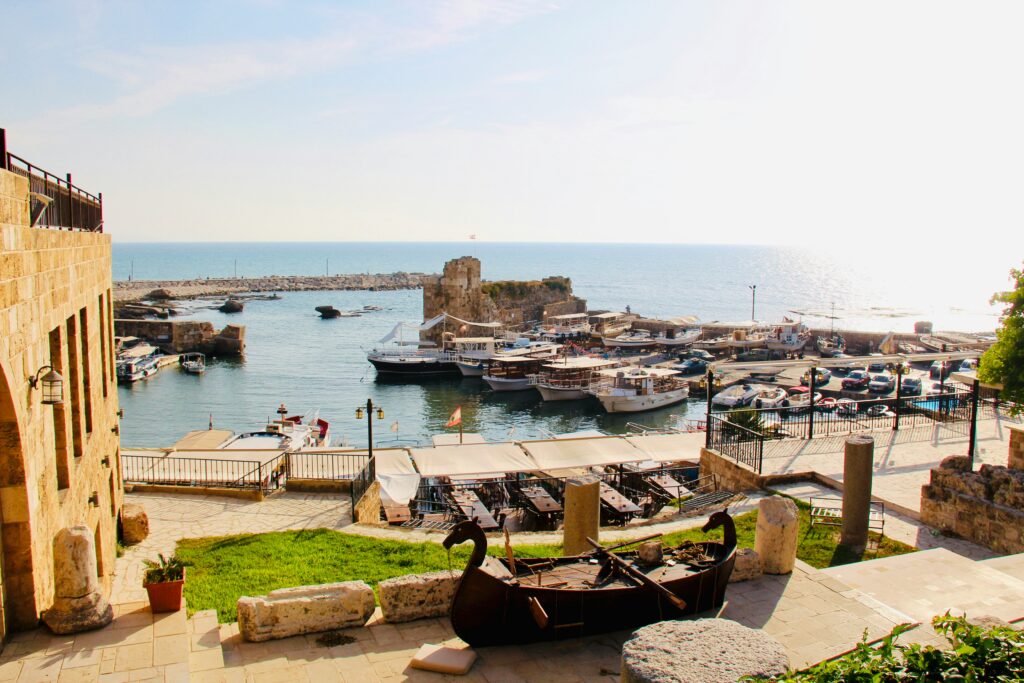
Wander through the ancient port city of Byblos, continuously inhabited for over 7,000 years.
Explore archaeological sites including the Crusader Castle, Phoenician Royal Necropolis, and the Roman
Amphitheater.
- Jeita Grotto
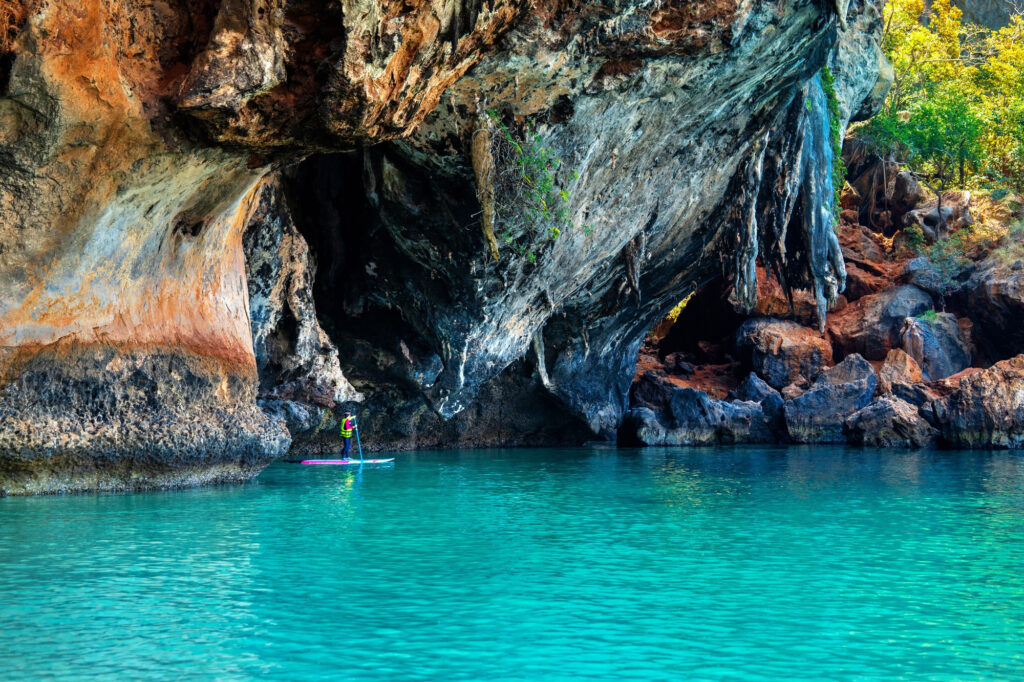
Journey into the underground wonder of Jeita Grotto, a network of lime
- Beiteddine Palace
Visit the stunning Beiteddine Palace, an architectural masterpiece showcasing Lebanese
craftsmanship and intricate mosaic designs. The palace hosts a yearly international festival.
- Qadisha Valley
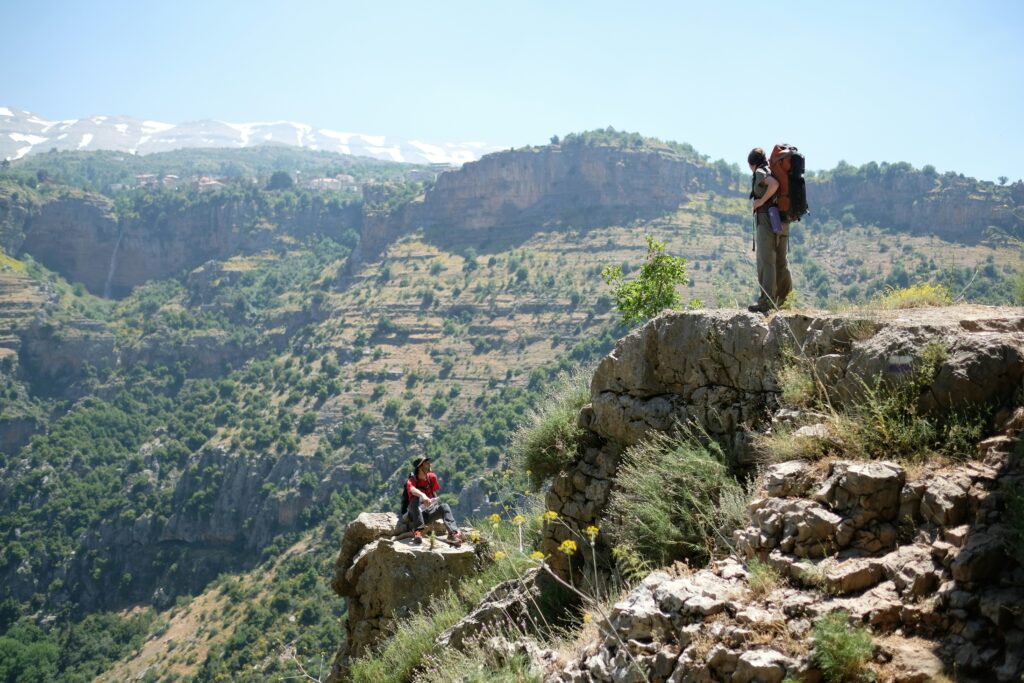
A UNESCO site home to ancient monasteries and churches carved into rocky
cliffs.
- Tyre
An ancient Phoenician city with impressive archaeological remains, including the Al-Bass
site and Hippodrome.
Culture and Cuisine
Lebanon’s culture is a vibrant tapestry woven from the threads of its diverse history and
influences. Arabic is the official language, but French and English are also widely spoken, reflecting the
country’s colonial past and cosmopolitan character. Traditional dress, such as the dishdasha (ankle-length
robe) for men and the abaya (long black cloak) for women, is still worn, particularly in rural areas, while
Western-style clothing is more common in urban centers.
Lebanon has a rich cultural scene, with traditional arts and crafts like pottery, weaving, and metalwork still
practiced alongside contemporary art forms. Cultural events like the Baalbek International Festival and the
Beiteddine Festival celebrate the country’s


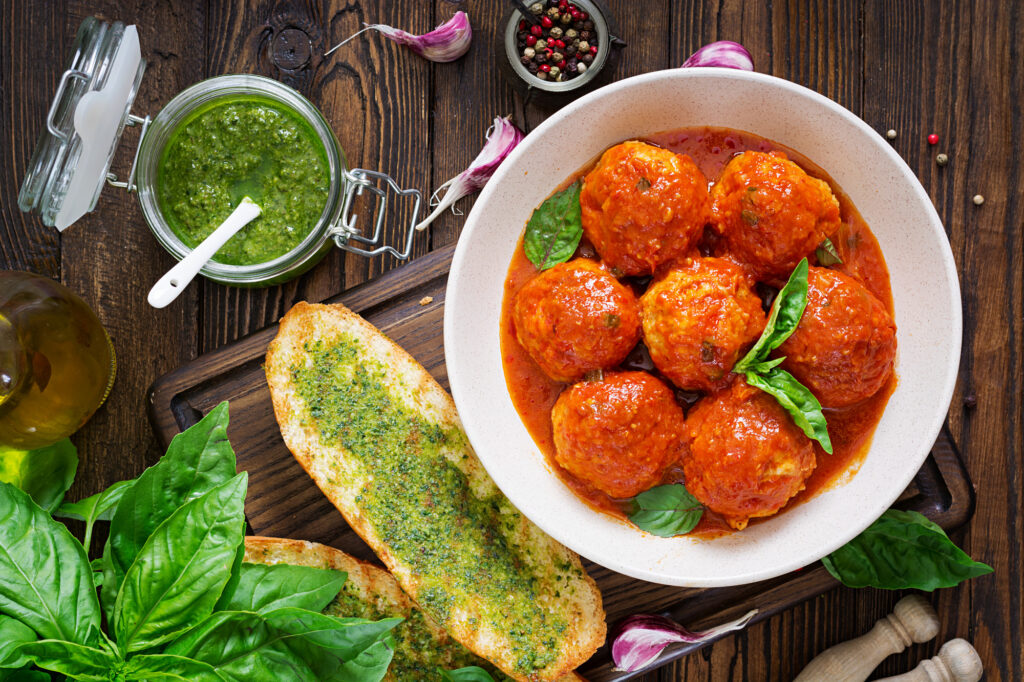
renowned worldwide for its fresh, flavorful dishes and mezze (appetizers). The country’s diverse
culinary traditions reflect its rich cultural heritage and the influences of various civilizations that have
passed through the region over the centuries. Mezze is an integral part of Lebanese cuisine, with a wide variety of small dishes and dips served as appetizers or shared plates. Popular mezze dishes include hummus (a chickpea-based spread), baba ghanoush (a smoky eggplant dip), tabbouleh (a salad made with parsley, bulgur wheat, tomatoes, and lemon juice), and fattoush (a bread salad with vegetables and a tangy sumac dressing). Kibbeh, a dish made with ground meat and bulgur wheat, is a staple in Lebanese cuisine and can be served raw or fried. Shawarma, thinly sliced meat (chicken, beef, or lamb) roasted on a spit and wrapped in flatbread, is a popular street food and a beloved Lebanese dish.

